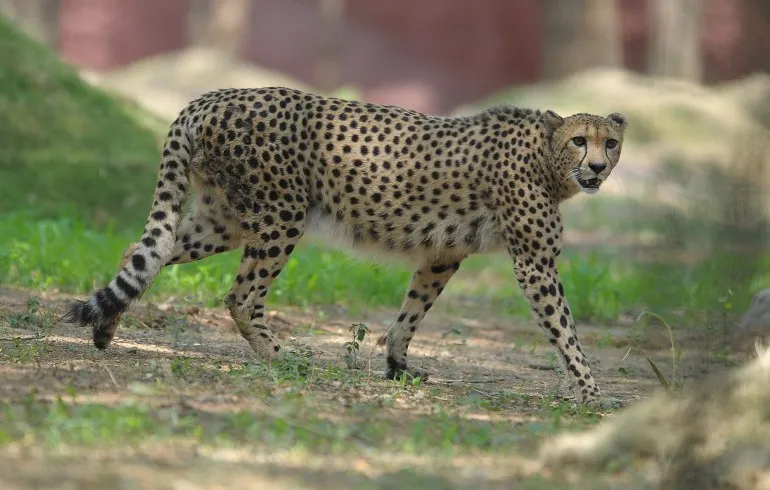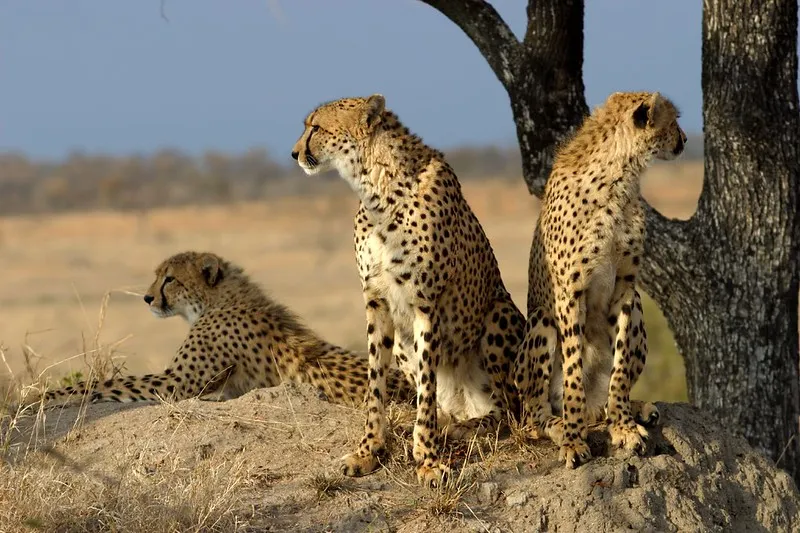India has gone on an ambitious project to reintroduce the big cat, the cheetah, in the country after a 70-year hiatus. The latest batch of 12 cheetahs, flown in from South Africa, will join eight others received from Namibia last year. The cheetahs will be relocated to Kuno National Park in Madhya Pradesh, where they will be housed in quarantine enclosures before being released into the wild.
This is part of a long-term plan to import 12 cats annually for the next eight to 10 years, as per an agreement between India and the two African countries. Cheetahs were once widespread in India but became extinct in 1952 due to overhunting and loss of habitat. India’s conservation efforts are focused on reviving the country’s threatened and neglected grasslands, where the cheetahs can thrive.
Despite being an apex predator, cheetah populations are declining globally, with fewer than 7,000 adult individuals in the wild. They now inhabit less than 9 percent of their original range, largely due to shrinking habitat caused by the increasing human population and climate change. The import of African cheetahs is aimed at augmenting the species’ population and reversing the decline.

Cheetahs Return to Indian Shores Slowly
India’s efforts to conserve the cheetah are a significant step towards preserving biodiversity. The country has lost its native cheetah population, which is a stark reminder of the devastating impact of human activities on wildlife. The reintroduction of cheetahs is a chance to redeem this loss and restore the natural balance in the ecosystem.
The Kuno National Park, where the cheetahs will be released, is an 880-square-kilometer sanctuary that was established specifically for the species. The park has undergone extensive preparation, including the construction of enclosures and the relocation of existing wildlife to create a safe habitat for the cheetahs.
The reintroduction of cheetahs has also sparked hope among conservationists and wildlife enthusiasts. The project is a testament to India’s commitment to preserving its natural heritage and protecting its unique biodiversity.











































